CONTENTS
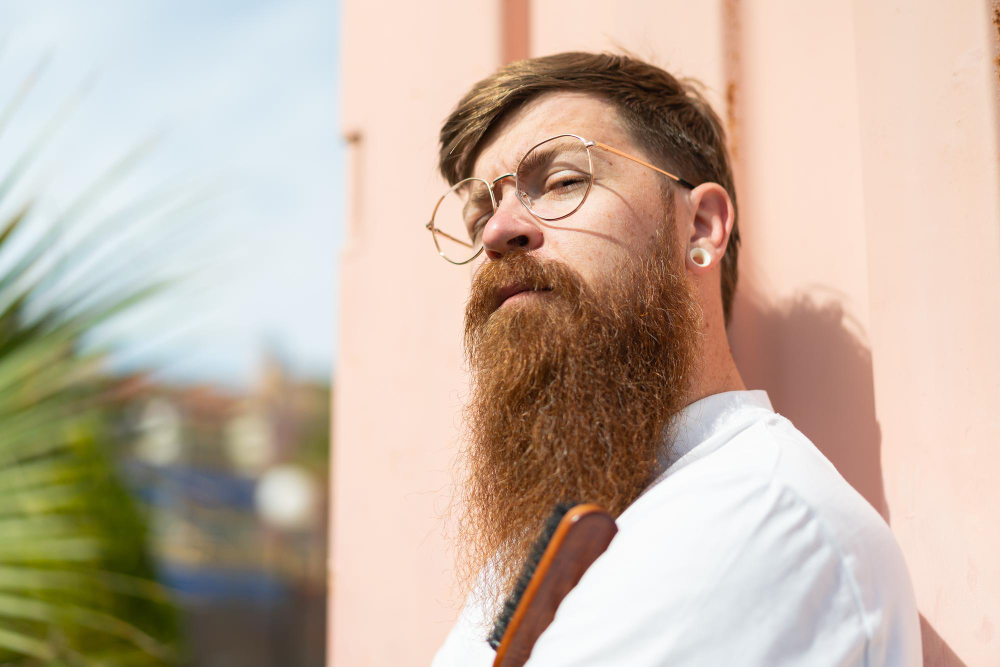
No Fuzz, No Muss: The Convenience of Rogaine Beard
If your goal is to have a dense and full beard, but you’re having trouble with uneven or thin growth, rest assured that you’re not the only one facing this challenge.
Many people encounter difficulties in achieving the desired thickness and density for their beards.
Luckily, there’s a solution that has become increasingly popular in recent years – Rogaine for beard growth, also known as Rogaine beard.
We’ll explore the ins and outs of Rogaine, from its definition to how it can be used to stimulate beard growth.
We’ll also discuss who can benefit from using it, along with any potential side effects that users should keep in mind, especially for individuals with sensitive skin.
What is Rogaine?
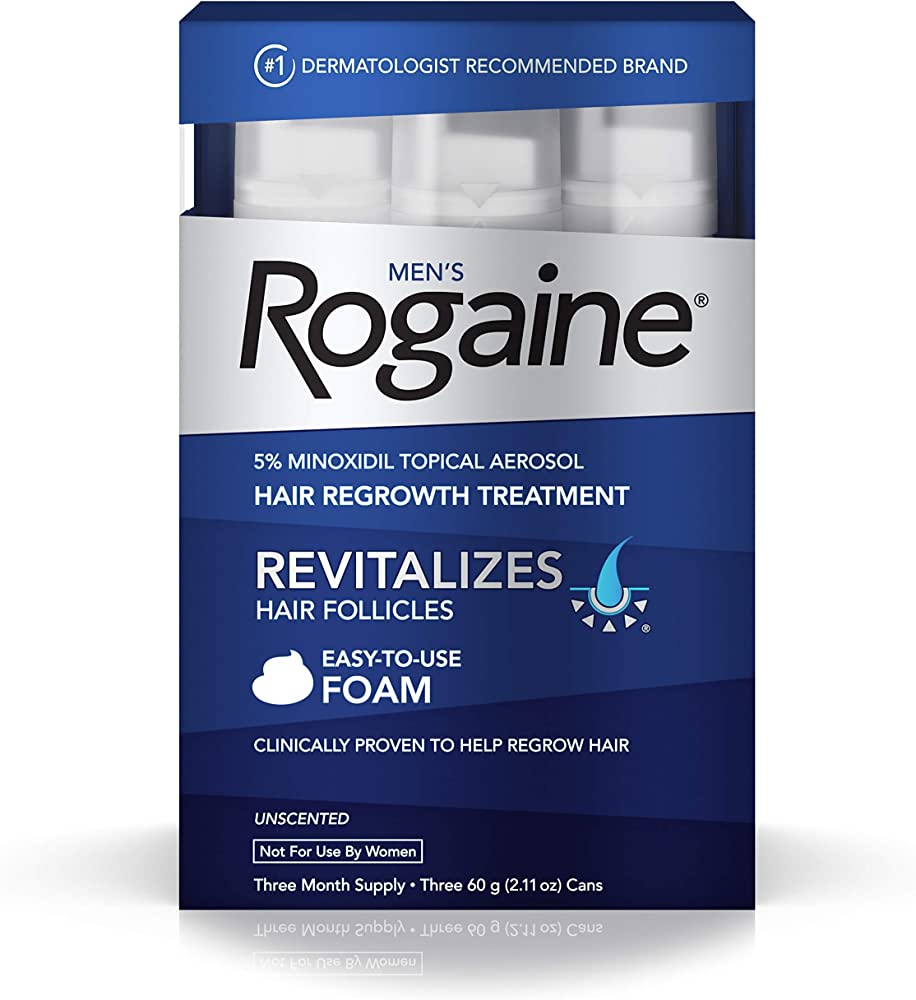
Rogaine, commonly called minoxidil, is a topical solution predominantly employed to address hair loss and stimulate hair growth.
Originally created as an oral medication for hypertension, its hair-growing potential was unveiled through clinical trials.
When applied, Rogaine functions by widening blood vessels on the scalp, enhancing blood circulation to the follicles responsible for beard hair, thereby promoting its growth.
Rogaine for Beard Growth
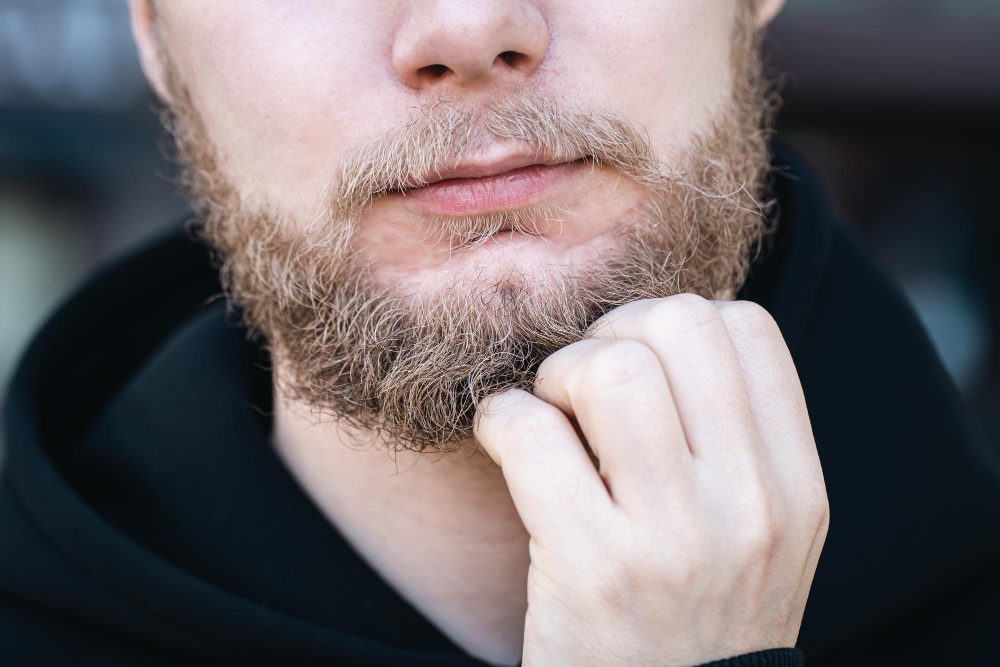
Although Rogaine’s efficacy in stimulating hair growth on the scalp is widely recognized, its usage for enhancing beard growth has become increasingly popular.
People facing challenges such as sparse or patchy beards have increasingly turned to minoxidil for beards, or Rogaine, as a potential solution.
When applied to the beard area, Rogaine functions similarly to its effects on scalp hair growth, effectively stimulating hair growth. It reinvigorates dormant hair follicles, encourages the development of thicker and longer beard hair strands, and contributes to an overall enhancement in beard density.
Who Can Use Rogaine?
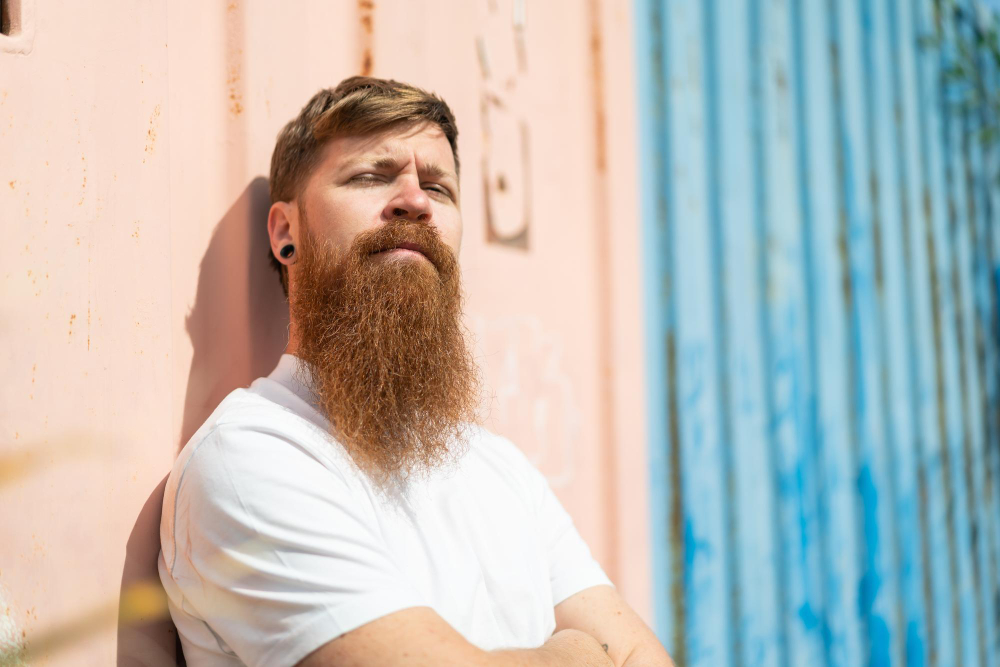
Rogaine presents a viable choice for those seeking a denser and stronger beard. Typically, it is deemed safe for adult usage; however, it is crucial to consult a healthcare provider before commencing any new treatment.
Individuals with preexisting medical conditions or those taking specific medications should approach the use of Rogaine with care and seek medical guidance.
For women who are pregnant or breastfeeding, it is advisable to refrain from using Rogaine without consulting a medical professional.
Understanding the intricacies of the hair growth cycle is also important in assessing the appropriateness of Rogaine for individual circumstances.
Rogaine Beard Side Effects
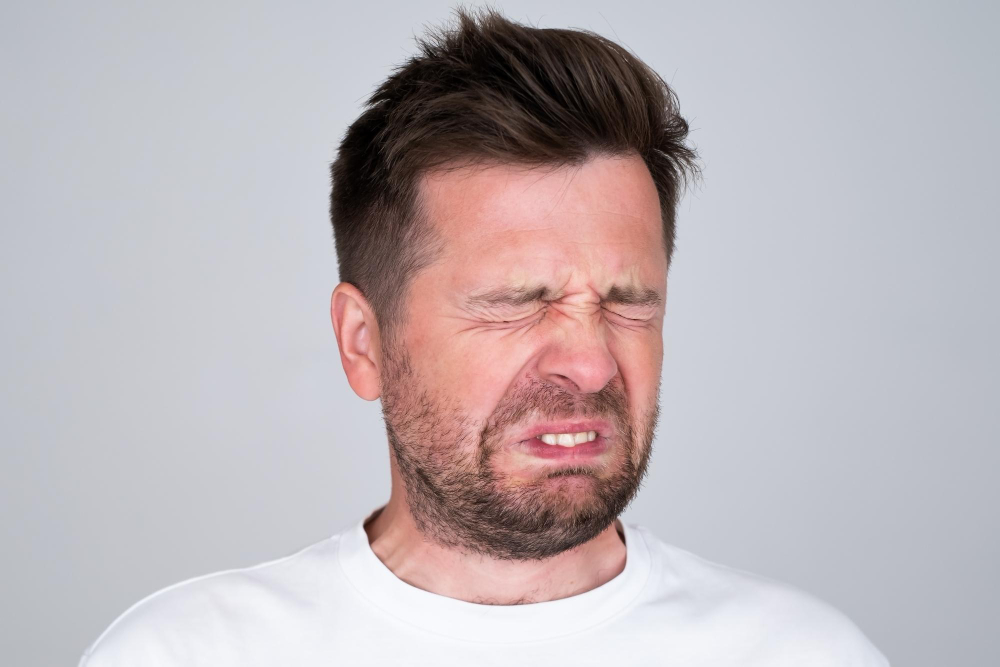
While Rogaine is generally well-tolerated and recognized for its ability to stimulate hair follicles and improve hair growth, it is essential to remain mindful of possible side effects.
Some individuals may experience mild irritation, redness, or dryness in the application area. These side effects are generally temporary and tend to diminish with time. In rare instances, allergic reactions or more severe side effects may manifest.
If you observe any adverse reactions or have concerns about thinning hair, it is important to discontinue using Rogaine and promptly seek medical advice.
Frequently Asked Questions
Can you use Rogaine on your face?
While Rogaine is not formulated specifically for facial hair growth, some individuals have found success using it on their beards.
However, the facial skin is more sensitive than the scalp, and adverse reactions may occur. To ensure safety, it is recommended to conduct a patch test on a small facial area before applying Rogaine to the entire beard.
How long should I leave Rogaine in my beard?
The duration of applying Rogaine to the beard varies from person to person. Typically, it is advised to use Rogaine once or twice daily, depending on the product concentration.
It is crucial to follow the manufacturer’s instructions or seek guidance from a healthcare professional for specific recommendations.
When should you not use Rogaine?
Don’t use Rogaine on your beard if you have wounds, cuts, or infections. If you have had an allergic reaction to minoxidil or any of its ingredients, avoid using Rogaine.
Additionally, if you have any medical conditions or take medications, it is best to consult with a healthcare professional before using Rogaine on your beard.
Conclusion
Rogaine is a convenient and effective solution for enhancing beard growth. Its hair-stimulating properties can achieve thicker and denser beards.
However, considering individual circumstances and potential side effects, careful use is vital. Consulting a healthcare professional before starting any new treatment is recommended.
Understanding Rogaine’s mechanism, potential benefits, and necessary precautions will help you make an informed decision about its use in your grooming routine.


